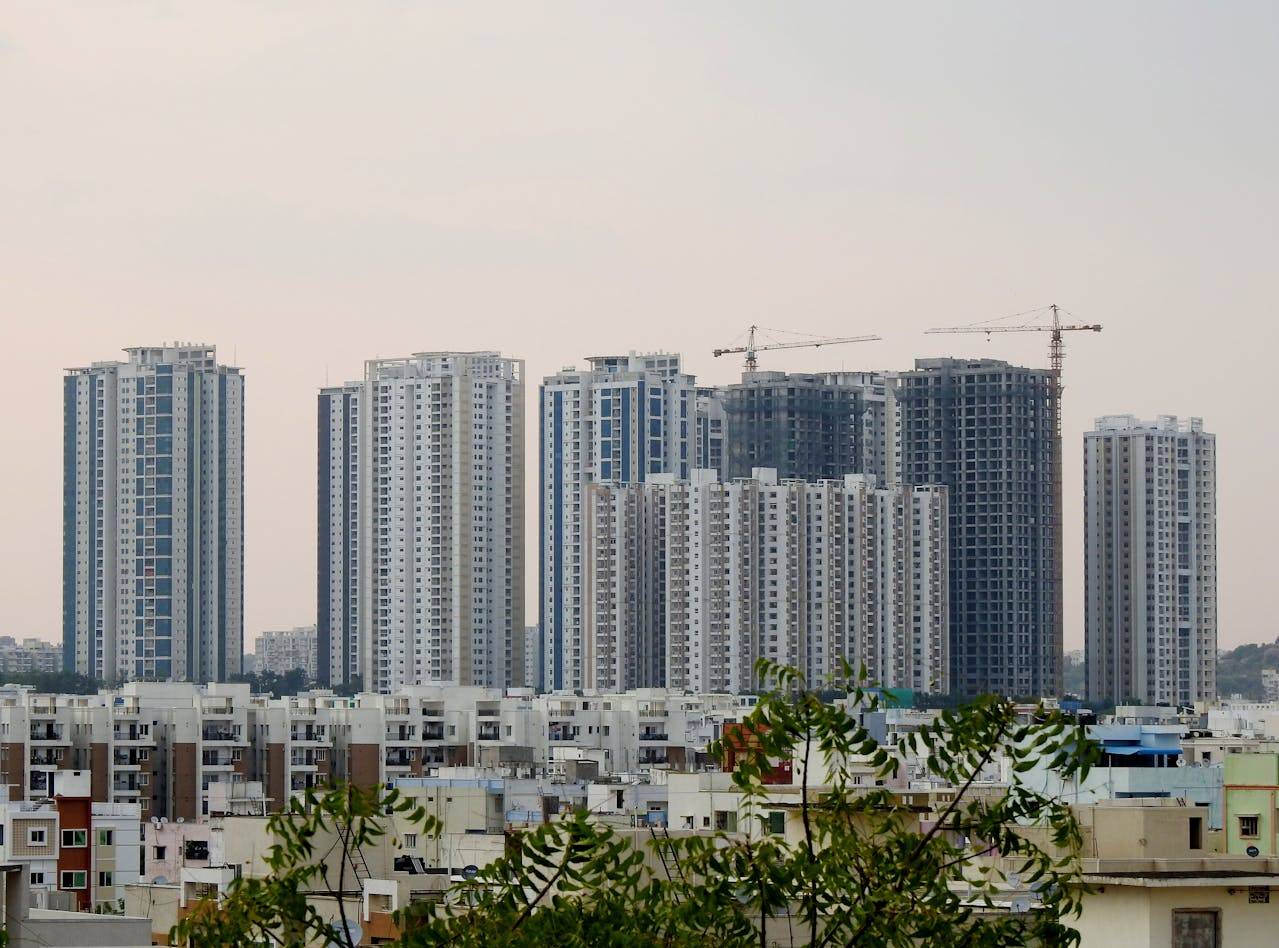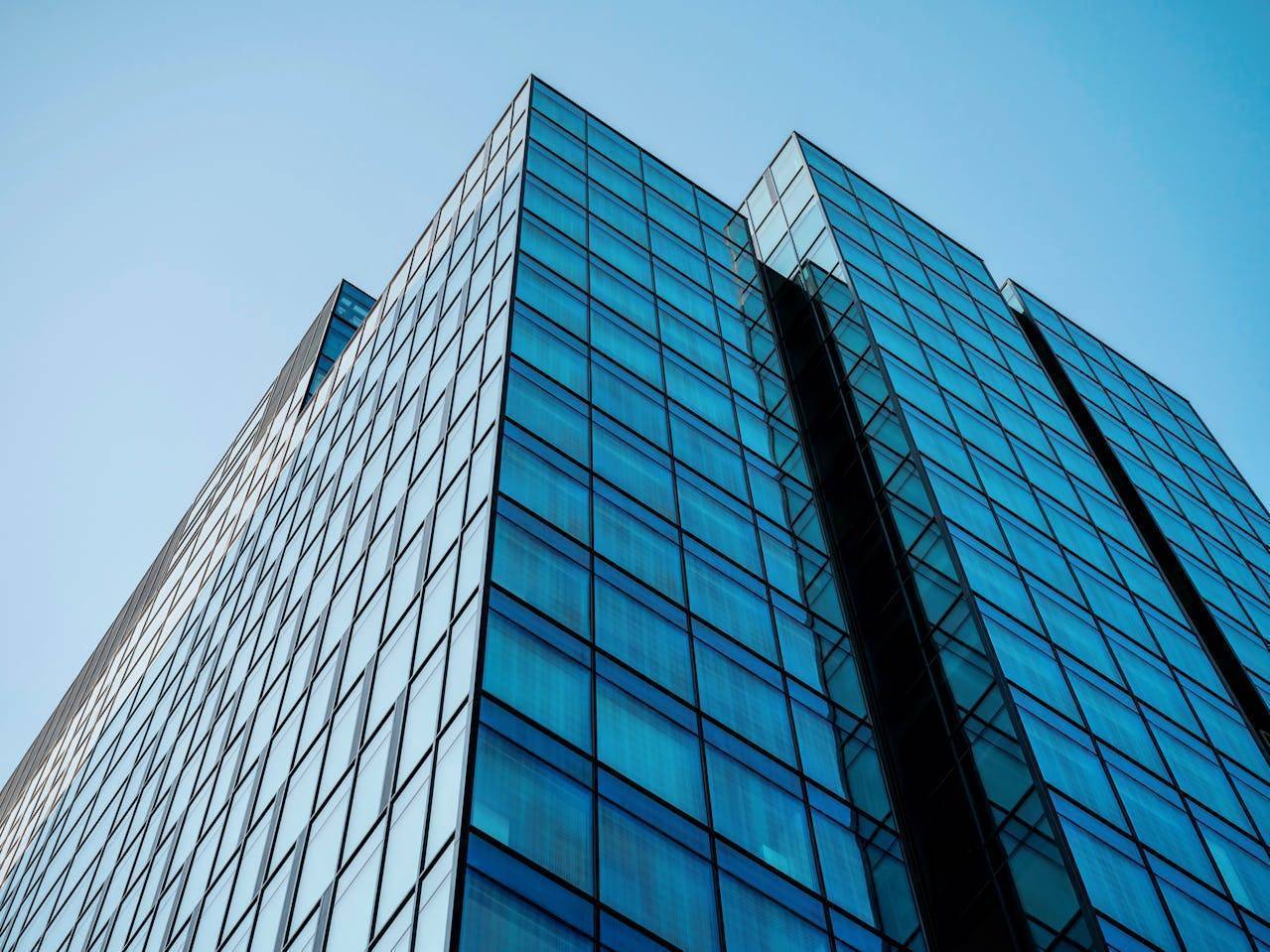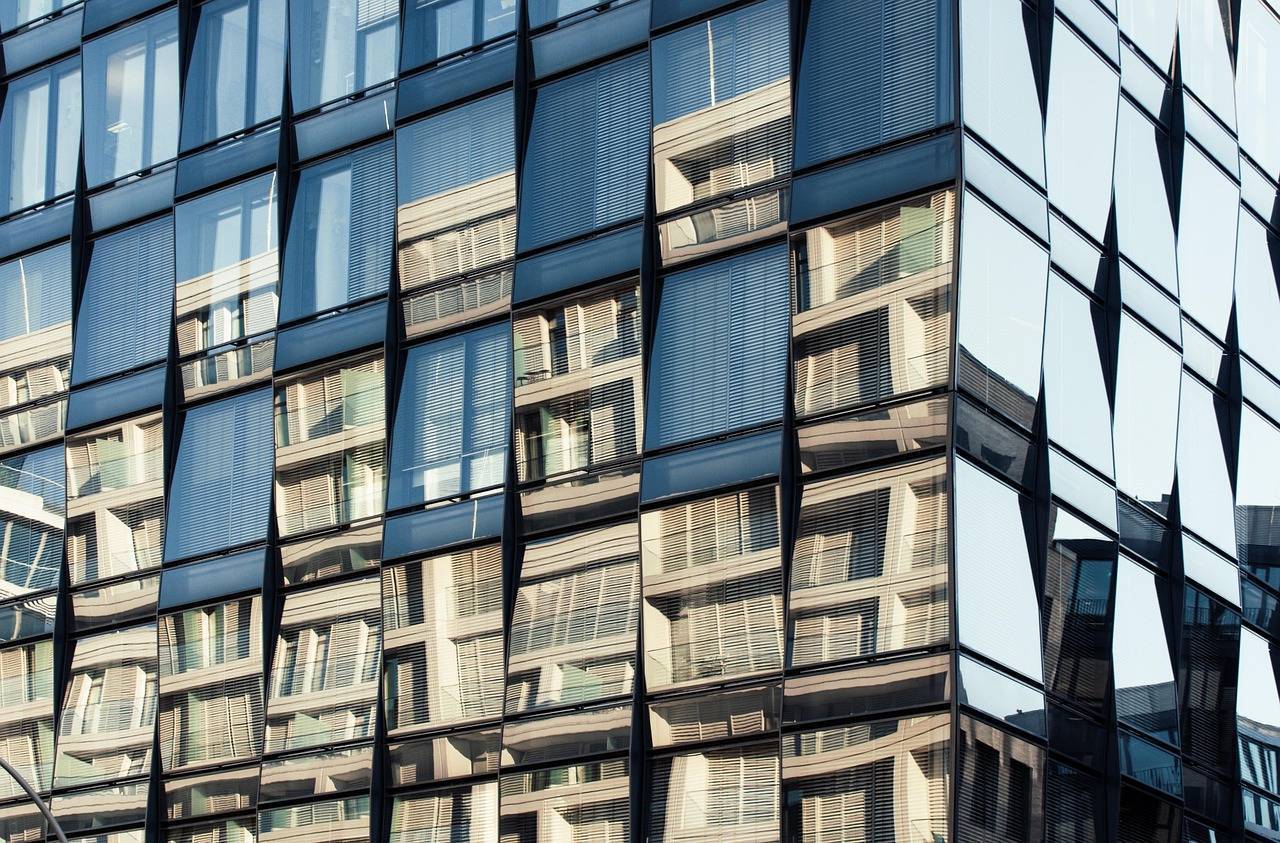Hyderabad’s residential real estate market posted a strong performance in May 2025, with total property registrations valued at ₹4,302 crore, an increase of 14% over the same month in 2024, according to data released by Knight Frank India. The number of registered residential units rose modestly by 2% year-on-year to 6,177 units, up from 6,062 units recorded in May last year. While the overall volume growth remained relatively flat, the surge in transaction value highlights the increasing dominance of high-value homes in the city’s property landscape.
High-Value Homes See Sharp Rise aṇd Affordable and Mid-Range Homes Still Dominate in Volume
One of the most notable takeaways from the May 2025 report is the sharp rise in the number and value of homes priced above ₹1 crore. Knight Frank data shows that 1,180 such units were registered during the month—up by 37% year-on-year. These transactions contributed ₹2,121 crore to the total registration value, accounting for nearly 49% of the market’s total monetary volume. In contrast, in May 2024, homes priced above ₹1 crore had accounted for only 14% of the total units registered. The share of such homes in total registrations has now climbed to 19%.
This development points to a structural shift in buyer preferences, with more homebuyers moving toward premium residential products. While affordable and mid-range housing continue to account for the majority of unit sales, their contribution to the total transaction value is relatively lower. Homes priced below ₹50 lakh made up 55% of all registered units in May 2025, and those in the ₹50 lakh to ₹1 crore range accounted for 26%. Combined, these segments represent 81% of unit volumes but contributed just over half the total monetary value.
The data reveals a clear contrast: while a larger number of buyers still gravitate toward mid-sized and affordable homes, premium homes are driving revenue growth. This trend is likely fueled by a combination of high-income end users, investor activity, and favorable lending rates in the upper housing segments.
Preference for Larger Units Grows
Another trend highlighted in the report is the continued demand for larger unit sizes. The majority of residential properties registered in May 2025 fell within the 1,000–2,000 sq ft range, representing 67% of all transactions. Homes exceeding 2,000 sq ft made up 18% of registrations, up from 16% in May 2024. This marginal but consistent increase indicates a gradual shift in homebuyer expectations, possibly influenced by lifestyle adjustments post-pandemic, with more buyers prioritizing space for remote work and overall comfort.
Property Prices Continue to Rise
The weighted average price of transacted residential properties in Hyderabad also recorded a 10% increase year-on-year, underscoring rising property values across the city. This price growth reflects both demand-side strength and supply-side constraints in desirable micro-markets.
Sangareddy and Rangareddy Lead in Price Growth
Among the four key districts that form the Hyderabad residential zone—Hyderabad, Medchal-Malkajgiri, Rangareddy, and Sangareddy—two districts recorded significant price appreciation. Sangareddy led the surge with a 21% year-on-year increase in average property prices, followed by Rangareddy, which recorded a 12% rise. These figures suggest that homebuyers are increasingly willing to explore peripheral and emerging locations in search of better value and infrastructure access.
Connectivity and Infrastructure Continue to Influence Demand
The city’s connectivity and infrastructure network continue to play a role in market behavior. Areas along IT corridors and those with proximity to arterial roads and metro access are seeing stronger interest from both end users and investors. This is particularly true for localities connected to the Financial District, Gachibowli, and the eastern IT clusters, where both residential and commercial growth have been robust.
The report also mentions that the Hyderabad property market includes registrations from both primary (developer-led) and secondary (resale) sales, providing a broad representation of market activity. Despite fluctuations in monthly volume, high-value sales have remained consistent and appear less susceptible to broader economic volatility. This was evident in March 2025, when Knight Frank noted an 8% year-on-year drop in the number of property registrations but reported an uptick in the share of premium homes.
Premium Homes Expected to Remain Key Growth Driver
Knight Frank’s findings point to a market where volume remains stable, but value is increasingly skewed toward high-ticket purchases. Developers operating in Hyderabad are likely to take note of this trend, potentially rebalancing their product mix to cater to the growing premium segment. Meanwhile, the demand for affordable and mid-range homes continues to provide a stable base for the market, especially among first-time buyers and salaried households.
The overall number of units sold grew modestly, but the steep rise in the value of high-end transactions significantly lifted total registration revenue. A rise in average unit size, upward movement in prices, and growing interest in peripheral districts all point toward evolving buyer preferences in a market that is maturing across multiple fronts. As developers assess these dynamics, the city’s residential market is expected to remain active across value segments, with premium housing likely to remain a key driver of growth in the near term.









.png)